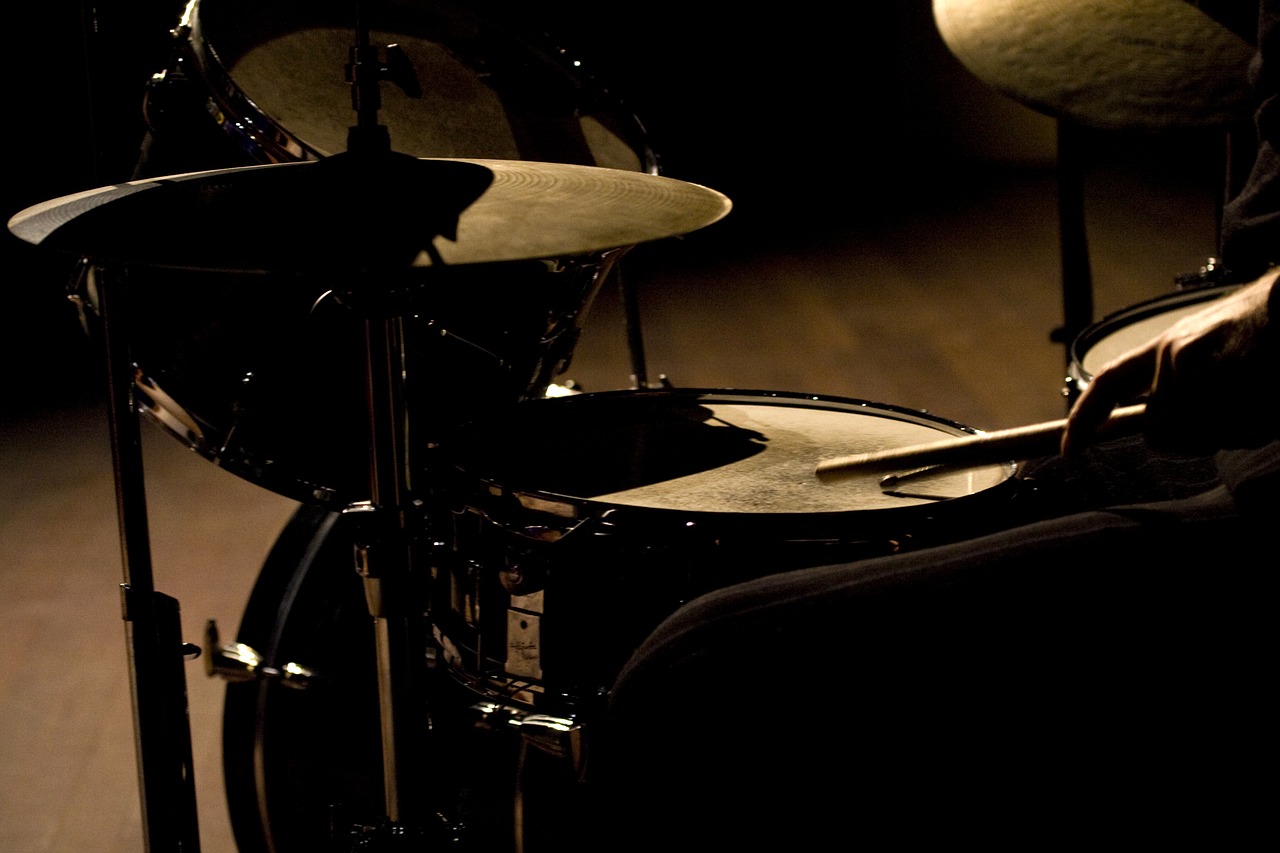Mastering the Paradiddle in Your Drumming

Paradiddle, paradiddles, paradiddles. Every drummer is crazy about them. It’s one of the most basic rudiments of all, but incredibly versatile and fun to play. You can make your grooves, fills, and solos extra spicy by integrating the paradiddle and its variations.
Given just how many ways they can be interpreted and orchestrated around the kit, adding the paradiddle to your vocabulary can take your drumming to a whole new level.
Let’s dive in and get started with the almighty paradiddle rudiment.
Contents
At a Glance
- The paradiddle is a drum rudiment that follows a certain pattern. It is made of two single strokes followed by a double stroke (RLRR LRLL) and ends on the same hand as it begins.
- To master the paradiddle and develop fluidity is all about taking it slow. Master the movement with a slower tempo and gradually increase it as you progress. Using a metronome is highly recommended.
- The key point of the paradiddle is learning to use your hands equally while drumming. It’s a crucial rudiment taught by many drum instructors in order to start building hand coordination and limb independence.
- Mastering the paradiddle will translate to many new rhythms and applications on the drum kit such as hi-hat/ride, hi-hat/ride/snare, snare/kick drum, etc.
- In addition to the single paradiddle, there are other variations such as the inverted paradiddle, reverse paradiddle, paradiddle-diddle, double paradiddle, and triple paradiddle.
The Sticking
The paradiddle is a drum rudiment comprised of two single strokes followed by a double stroke. You play a sixteenth-note paradiddle as RLRR LRLL. Accent the first sixteenth note of each paradiddle and keep the rest of the notes even.

As you can see, the paradiddle ends on the same hand it begins on. That means the next one starts on the other hand. If you are a beginner player, this is where the rudiment might feel a little tricky. But like all things in drumming, it will come to you in time.
Here’s a detailed video that demonstrates how to play a paradiddle.
Developing Fluidity
Mastering the paradiddle will take some time. If you pick up speed and clarity quickly, that’s great, but not everyone’s the same.
The first thing is to take it slow. Your focus should be getting comfortable with the sticking. Once you can play the single paradiddle without thinking too much about it, start increasing the tempo. As always, don’t forget to use a metronome.
Secondly, accenting the first note of each paradiddle will help you build a stronger non-dominant hand. As a drummer, it’s important to try to develop both hands at the same level. Also, when you bring accents into play, you will find it much easier to translate your rudiment around the kit.
You can even change the positioning of the accents. This will help you become aware of the paradiddle instead of falling into the trap of playing a pattern.
Importance of Paradiddles
Drum instructors around the world jump on the chance to teach the single paradiddle to their students. They’re not hopping on some bandwagon or blindly following a tradition. They’re doing it because the paradiddle, like many other rudiments, is a gateway to becoming a good drummer.
The biggest selling point of a paradiddle is that it gets you to use both hands equally. Drummers with a solid paradiddle foundation tend to be more ambidextrous and have an earlier time navigating around the kit.
Instead of always landing with your lead hand on the one of every note, you can start with either hand without fault. It’s a great way to at least start building hand coordination and limb independence.
Moving the Paradiddle Around the Kit
The single paradiddle has an endless list of applications on the drum set. The only limit is your imagination.
A good start is accenting the first note on the toms. You can use this as a fill and keep experimenting as you grow.
Another way is to simply play the paradiddle a groove between your hi-hat or ride cymbal and the snare drum. You can also elevate your grooves by playing the paradiddle between the snare and the kick drum.
Your acoustic drum set produces way more sounds than a practice pad. Make sure you use them to your advantage. Try different orchestrations, play around with the dynamics, or add some accessories if you want.
Exploring the Paradiddle
The single paradiddle is the tip of the iceberg when it comes to diddle-based rudiments. There are many variations like the
Inverted paradiddle – RLLR LRRL
Reverse paradiddle – RRLR LLRL
Paradiddle-diddle – RLRRLL
Double paradiddle – RLRLRR LRLRLL
Triple paradiddle – RLRLRLRR LRLRLRLL
Just like the single paradiddle, these variations can improve your drumming so much. Practice them slowly, and if you want, mix them up. It will open up a world of possibilities on the drums.
Summary
It’s always fun to sit on your kit and just jam to your favorite tracks. That’s why we all start drumming in the first place. However, if you are serious about becoming a great drummer, practicing rudiments is a must.
The paradiddle combines the two fundamental strokes and presents a whole new perspective of going about playing drums. It’s a great rudiment to learn and even greater to apply to the kit. So, get started and keep mastering this beautiful pattern.
Single Paradiddle Image by: The original uploader was Brad Halls at English Wikipedia., CC BY-SA 3.0, via Wikimedia Commons







